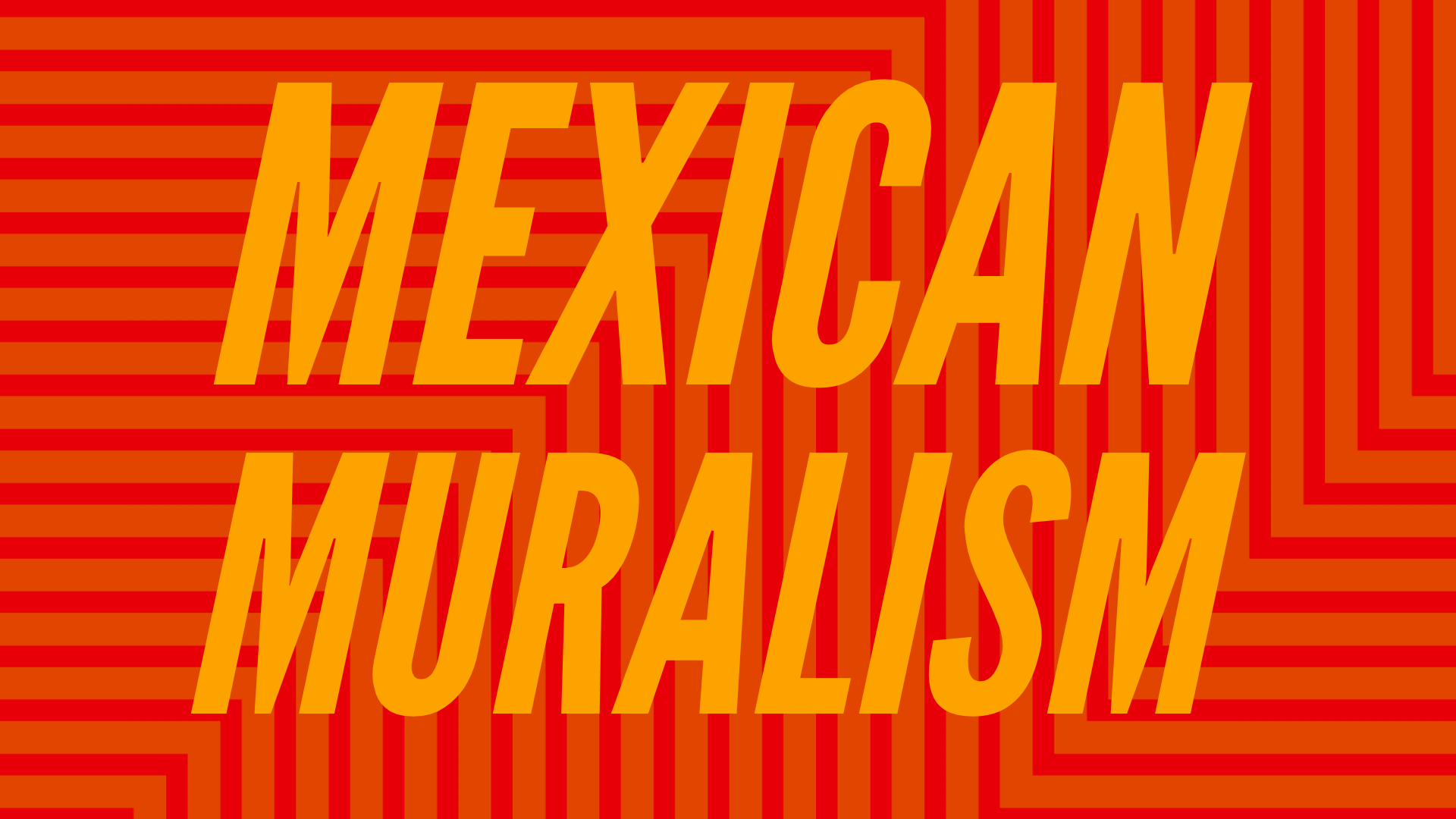Cortez Palace Murals by Rivera
Rivera’s murals throughout the Cortez Palace demonstrate the struggle and violence forced onto the indigenous people of Mexico by the invasion of the Spaniards. In one of the many panels labeled, “Crossing the Barranca,” Rivera depicts the Spaniards’ harsh procedure of eliminating the indigenous people. The scene of the panel exhibits an isolated area surrounded by trees, other greenery and mountains in the background. The repetitive green throughout the panel causes the viewer to focus on the brighter clothes of the indigenous Mexicans. No particular figure stands out the most in this mural, though, the people desperately hanging onto the branches in the foreground captures the viewer’s attention. As these figures hang their heads in defeat, they also depict strength through their tightly gripped arms in a sign of never giving up. On the other end of the tree that these indigenous men hang from, a group of indigenous slaves assists Spaniard soldiers as they begin to demolish the tree keeping the hanging men from falling to their death. The indigenous slaves share an expression of sadness as they are forced to betray their own. Similar to the animal costumes in the following panel, there is also a man in a pig like costume. He is isolated from the rest of mural, facing away from the scene towards the following one. In the next panel, “Spaniards in Battle,” the viewer will see this theme of animal costumes multiply. Throughout the very chaotic panel, there are many indigenous men in different animal costumes fighting against armored Spaniards. The most prominent encounter throughout the battle is the large indigenous man dressed in an unrecognized animal costume, raising his bat in motion to strike the armored Spaniard. The Spaniard sits on a horse giving him a better advantage with his shield and sword in hand, though, the indigenous man does not show any signs of backing down. Around them, other indigenous men and Spaniards brawl against each other fighting for their countries success. In the bottom right of the panel, Rivera shows an indigenous man striking an armored Spaniard to the ground, while also showing a fallen indigenous man dressed as an eagle in the bottom left. Next to the fallen eagle are also a few more indigenous people lying below the feet at battle, dead. While the single dead Spaniard demonstrates the indigenous Mexicans grit to fight, the eagle caged to the ground combined with other dead indigenous people shows their freedom slowly being taken away from them even with their bravery and determination.
Contrasting this theme of fight and grit is a panel from, “The History of Cuernavaca and Morelos: The Enslavement of the Indian and Constructing the Cortez Palace.” The title itself immediately indicates the enslavement of the indigenous people under the Spaniards. The image is very muted in color, displaying mostly browns, whites and greys. The mural shows two floors of the palace. The top floor is under construction as it’s being produced by indigenous men, while under them stands mostly indigenous women and children. The indigenous women and children hold fruit and other produce while a Spaniard in the bottom left and middle accept the goods as their own. Above them stands the conquering Hernan Cortez. He looks down slightly with a blank expression showing no emotion. He is not significantly large in size, though he does dress noticeable different with a fur coat and crown like hat on his head. Behind him on the upper level are working, nearly naked indigenous men showing the harsh conditions they went through even with their large contributions to the Palace.

